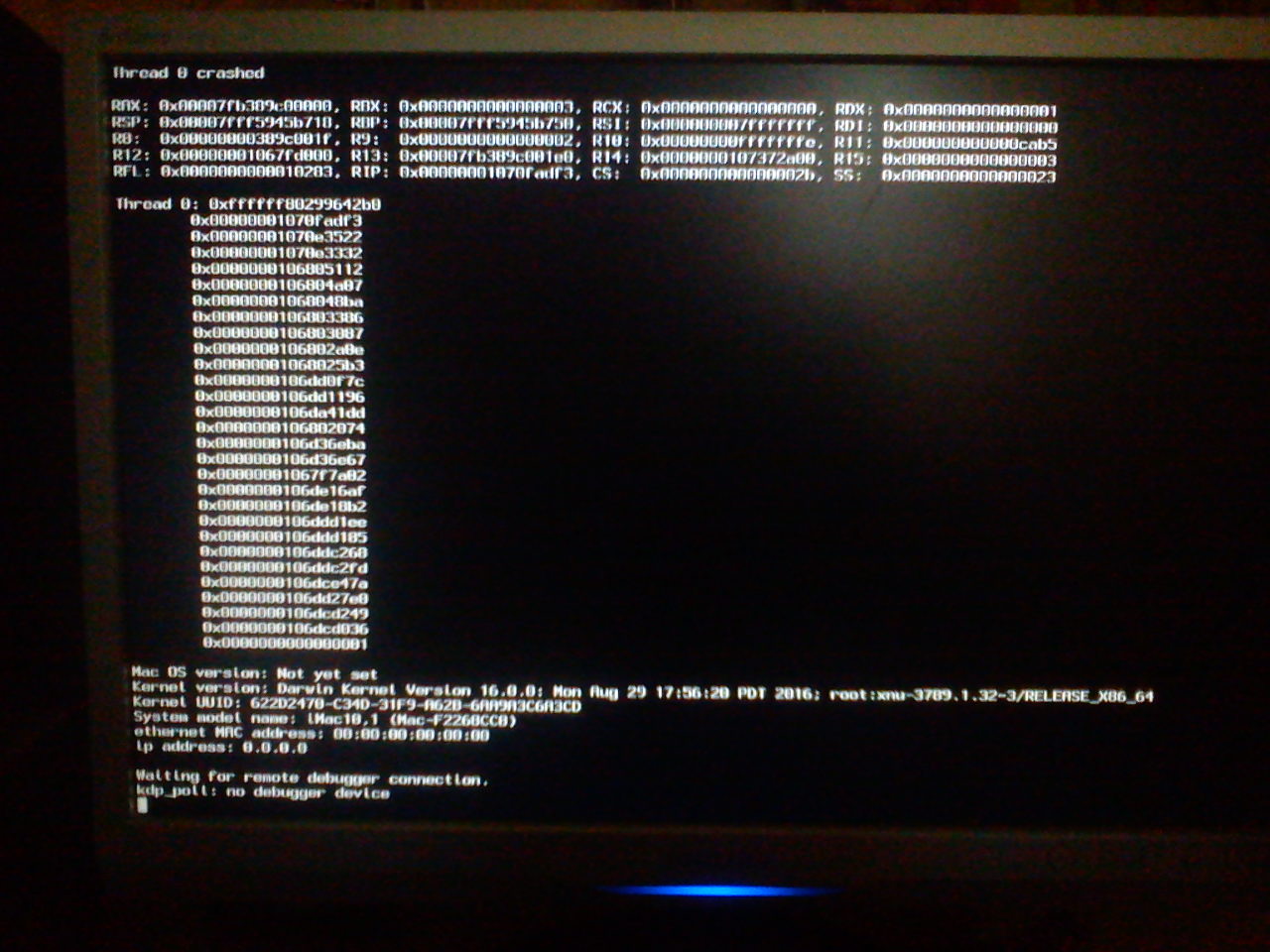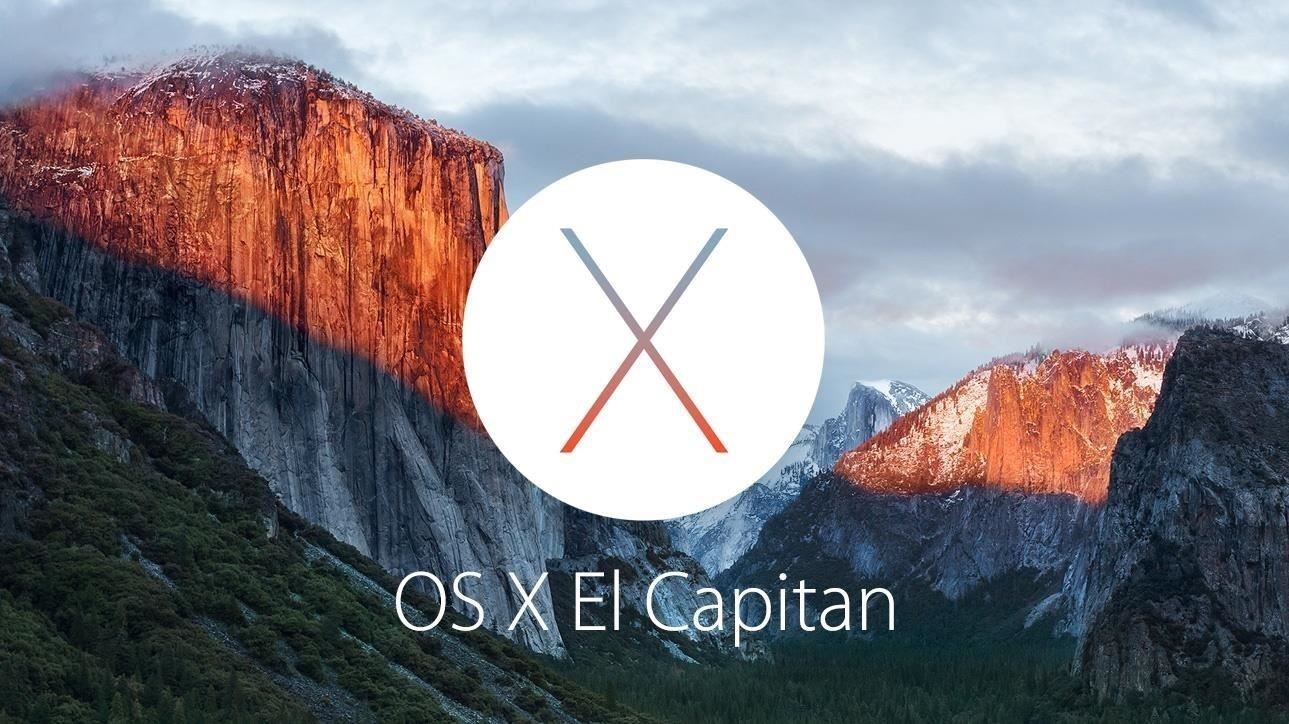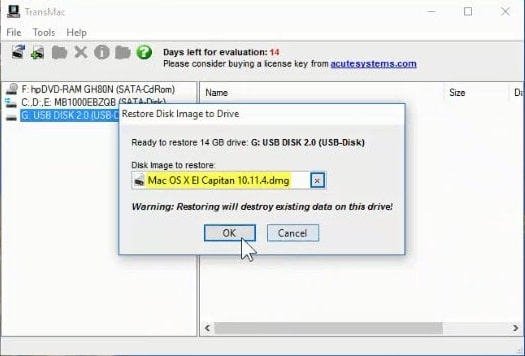El Capitan Bootable Usb Download
Os X El Capitan 10.11.0 Bootable Usb Dmg File Download Performing clean installation. In the install os window, click the continue button. Read the terms and condition and agree with them. Select the target disk and click on the install option. Type your administrator password and click OK. The installer will duplicate the needed files and then. Where to download OS X El Capitan? I'm trying to revive a Mid-2009 MacBook Pro, by replacing its HDD. Trying to boot from my Sierra USB flash drive isn't working, apparently El Capitan is the newest OS X this little guy can run.
- El Capitan Usb Installer
- Create Bootable Usb Download
- El Capitan Bootable Usb Download Software
- El Capitan Bootable Usb Download Windows 10
Mac OS X El Capitan ISO – Download Mac OS El Capitan ISO Setup Files Free: The MacBook and the Apple’s Mac are the second most widely used and famous portable Computers. The first place is occupied by the Family of Windows Computers, this is due to their cheaper prices, and ease of access. Download El Capitan.DMG from here. Download DiskMaker X. To do in Windows, we already shared a very specific instruction from here: Make Bootable Installation USB from Mac OS X.DMG on Windows PC. At for Mac users, there will be 2 doable methods. METHOD 1: Using DiskMaker X. Run, DiskMaker X, then.choose El Capitan (10.11). Windows users can also Download Hackintosh OS X 10.11.5 El Capitan ISO Image File for Bootable USB and DVD. OS X El Capitan Hackintosh System Requirements: Mac OS X El Capitan 10.11.5 (15F34) is officially compatible and supported with computer hardware's mentioned below.


These advanced steps are primarily for system administrators and others who are familiar with the command line. You don't need a bootable installer to upgrade macOS or reinstall macOS, but it can be useful when you want to install on multiple computers without downloading the installer each time.
What you need to create a bootable installer
- A USB flash drive or other secondary volume formatted as Mac OS Extended, with at least 14GB of available storage
- A downloaded installer for macOS Big Sur, Catalina, Mojave, High Sierra, or El Capitan
Download macOS

- Download: macOS Big Sur, macOS Catalina, macOS Mojave, or macOS High Sierra
These download to your Applications folder as an app named Install macOS [version name]. If the installer opens after downloading, quit it without continuing installation. To get the correct installer, download from a Mac that is using macOS Sierra 10.12.5 or later, or El Capitan 10.11.6. Enterprise administrators, please download from Apple, not a locally hosted software-update server. - Download: OS X El Capitan
This downloads as a disk image named InstallMacOSX.dmg. On a Mac that is compatible with El Capitan, open the disk image and run the installer within, named InstallMacOSX.pkg. It installs an app named Install OS X El Capitan into your Applications folder. You will create the bootable installer from this app, not from the disk image or .pkg installer.
Use the 'createinstallmedia' command in Terminal
- Connect the USB flash drive or other volume that you're using for the bootable installer.
- Open Terminal, which is in the Utilities folder of your Applications folder.
- Type or paste one of the following commands in Terminal. These assume that the installer is in your Applications folder, and MyVolume is the name of the USB flash drive or other volume you're using. If it has a different name, replace
MyVolumein these commands with the name of your volume.
Big Sur:*
Catalina:*
Mojave:*
High Sierra:*
El Capitan:
* If your Mac is using macOS Sierra or earlier, include the --applicationpath argument and installer path, similar to the way this is done in the command for El Capitan.
After typing the command:
- Press Return to enter the command.
- When prompted, type your administrator password and press Return again. Terminal doesn't show any characters as you type your password.
- When prompted, type
Yto confirm that you want to erase the volume, then press Return. Terminal shows the progress as the volume is erased. - After the volume is erased, you may see an alert that Terminal would like to access files on a removable volume. Click OK to allow the copy to proceed.
- When Terminal says that it's done, the volume will have the same name as the installer you downloaded, such as Install macOS Big Sur. You can now quit Terminal and eject the volume.
Use the bootable installer
Determine whether you're using a Mac with Apple silicon, then follow the appropriate steps:
Apple silicon
- Plug the bootable installer into a Mac that is connected to the internet and compatible with the version of macOS you're installing.
- Turn on your Mac and continue to hold the power button until you see the startup options window, which shows your bootable volumes.
- Select the volume containing the bootable installer, then click Continue.
- When the macOS installer opens, follow the onscreen instructions.
Intel processor
- Plug the bootable installer into a Mac that is connected to the internet and compatible with the version of macOS you're installing.
- Press and hold the Option (Alt) ⌥ key immediately after turning on or restarting your Mac.
- Release the Option key when you see a dark screen showing your bootable volumes.
- Select the volume containing the bootable installer. Then click the up arrow or press Return.
If you can't start up from the bootable installer, make sure that the External Boot setting in Startup Security Utility is set to allow booting from external media. - Choose your language, if prompted.
- Select Install macOS (or Install OS X) from the Utilities window, then click Continue and follow the onscreen instructions.
Learn more

A bootable installer doesn't download macOS from the internet, but it does require an internet connection to get firmware and other information specific to the Mac model.
For information about the createinstallmedia command and the arguments you can use with it, make sure that the macOS installer is in your Applications folder, then enter the appropriate path in Terminal:
El Capitan Usb Installer
To create a bootable USB fo Mac OS X El Capitan you need to be able to convert the
InstallMacOSX.pkg to the Install OS X El Capitan.app, this can only be done on macs

that are capable or running El Capitan, this includes macs that have been upgraded to later OS's.
But crucially does not include macs that came preinstalled from new with a new OS.
Macs cannot run an older OS than the one they came preinstalled with.
Unfortunately Apple have not taken in to consideration that users may just want to create bootable
installers for older macs and not actually install the OS.
The mac you tried with that is running Catalina must have come with an OS newer than El Capitan pre-installed.
When you tried to download High Sierra even though you got the warning about it being an older OS than the
one you have installed did it not give you the chance to Download Anyway.
Create Bootable Usb Download
There is a workaround for the El Capitan problem if you are willing to try, read about it here.
https://apple.stackexchange.com/questions/379603/how-do-i-create-el-capitan-installer-on-a-catalina-or-post-el-capitan-installeI have not tried this for myself, but have linked other people to this article who faced the same situation, they reported back with positive results.
El Capitan Bootable Usb Download Software
El Capitan Bootable Usb Download Windows 10
Mar 13, 2021 9:45 AM